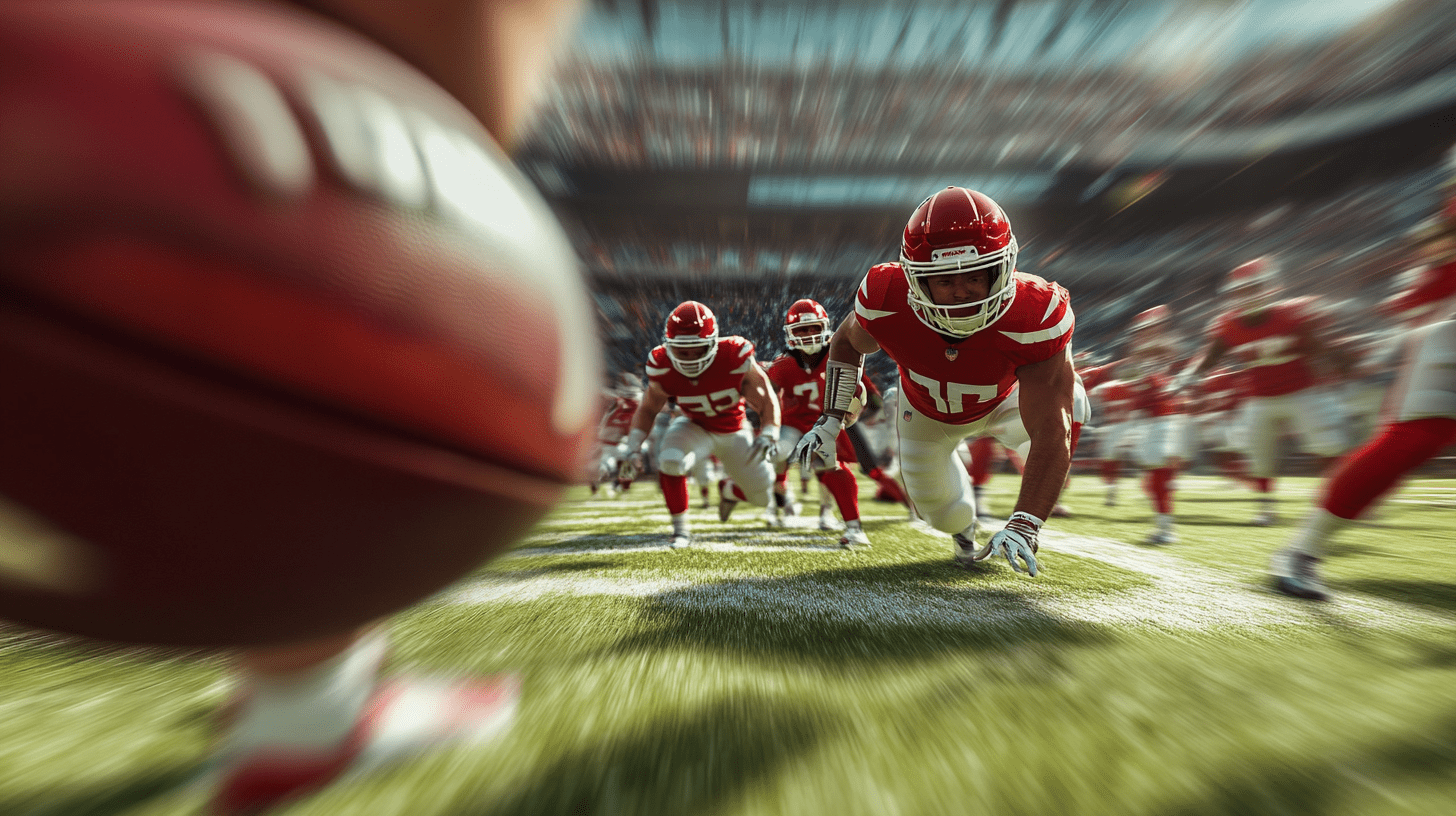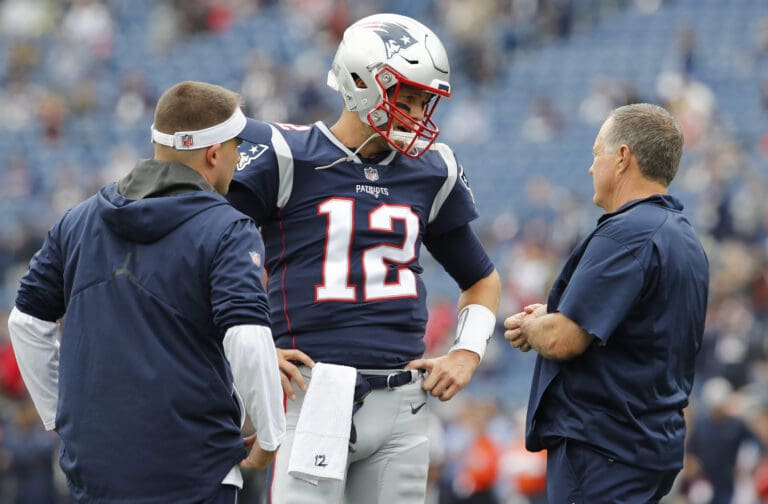The transformation of the quarterback position in the NFL has been profound in recent years, shifting from traditional pocket passers to dynamic dual-threat athletes. Once considered outliers, quarterbacks capable of excelling both as passers and runners are now reshaping the game.
Let’s look at the rise of these versatile players who are redefining offensive strategies and altering the fundamentals of how the position is played and perceived in professional football.
The Rise of Dual-Threat Quarterbacks: From Outliers to Game-Changers
Dual-threat quarterbacks have transformed from rare exceptions to the new standard in the NFL. In the past, mobile quarterbacks like Fran Tarkenton and Randall Cunningham were seen as anomalies. But today, players like Patrick Mahomes, Josh Allen, and Lamar Jackson are leading the charge in redefining the position. These quarterbacks combine elite passing skills with the ability to make plays with their legs, creating headaches for defenses.
The success of dual-threats has led to a shift in offensive strategies, with more teams incorporating run-pass options (RPOs) and designed quarterback runs into their playbooks. This evolution has made the quarterback position more dynamic and exciting than ever before. As a result, young players coming into the league are expected to have both passing and running abilities, marking a significant change in how quarterbacks are evaluated and developed.
Redefining Offensive Strategies: How Mobile QBs Expand the Playbook
Mobile quarterbacks are changing the game by giving coaches more options when designing plays. These athletic QBs can run designed quarterback runs, like read-options, which force defenses to account for an extra rusher. This opens up passing lanes and creates mismatches that offenses can exploit. Teams with dual-threat quarterbacks also use more run-pass options (RPOs), allowing the QB to decide whether to hand off, run, or throw based on how the defense reacts.
Another big advantage of mobile quarterbacks is their ability to extend plays when the initial design breaks down. Instead of taking a sack, they can scramble to buy time for receivers to get open or run for positive yardage themselves. This unpredictability puts extra stress on defenses and can lead to big plays that traditional pocket passers might not be able to create.
Defensive Dilemmas: Adapting to the Dual-Threat Challenge
The rise of dual-threat quarterbacks has forced NFL defenses to rethink their strategies. Traditional pass-rush techniques are no longer enough to contain these mobile playmakers. Defenses now employ “spy” tactics, assigning a linebacker or safety to shadow the quarterback’s movements. Some teams use a “cage” concept, where defensive linemen focus on containing the quarterback rather than just rushing the passer.
Speed has become crucial, with teams prioritizing quick linebackers who can go sideline-to-sideline. The San Francisco 49ers and Seattle Seahawks have found success with this approach, utilizing their athletic linebackers to neutralize mobile quarterbacks. As offenses continue to evolve, defenses must stay adaptable and creative to keep up with the dual-threat revolution.
The Future of Quarterbacking: Why Dual-Threat QBs Are Becoming the New Standard
The NFL is witnessing a seismic shift in quarterback play, with dual-threat QBs becoming the new gold standard. This evolution is reshaping offensive strategies and forcing defenses to adapt. Teams are now actively seeking quarterbacks who can both throw accurately and run effectively, as seen with stars like Josh Allen, Lamar Jackson, and Justin Fields.
These players are not just running when plays break down; they’re integral parts of designed running plays that keep defenses guessing. As more young athletes see these dynamic players succeeding, it’s likely that the next generation of quarterbacks will be even more athletic and versatile. This trend is pushing offensive coordinators to create more innovative playbooks that take full advantage of a quarterback’s mobility, ultimately making the game more exciting and unpredictable for fans.
As the NFL continues to evolve, the dual-threat quarterback has established itself as the new norm rather than the exception. This seismic shift in the league reflects broader changes in athleticism and strategy, prompting teams to adapt both offensively and defensively. With a new generation of quarterbacks poised to carry this trend forward, the game is set to become even more dynamic and unpredictable, promising fans a thrilling spectacle for years to come.
Read More: Ranking the WORST 2024 NFL Starting Quarterbacks








